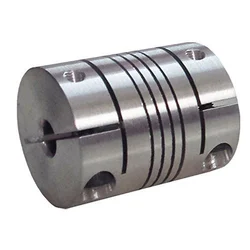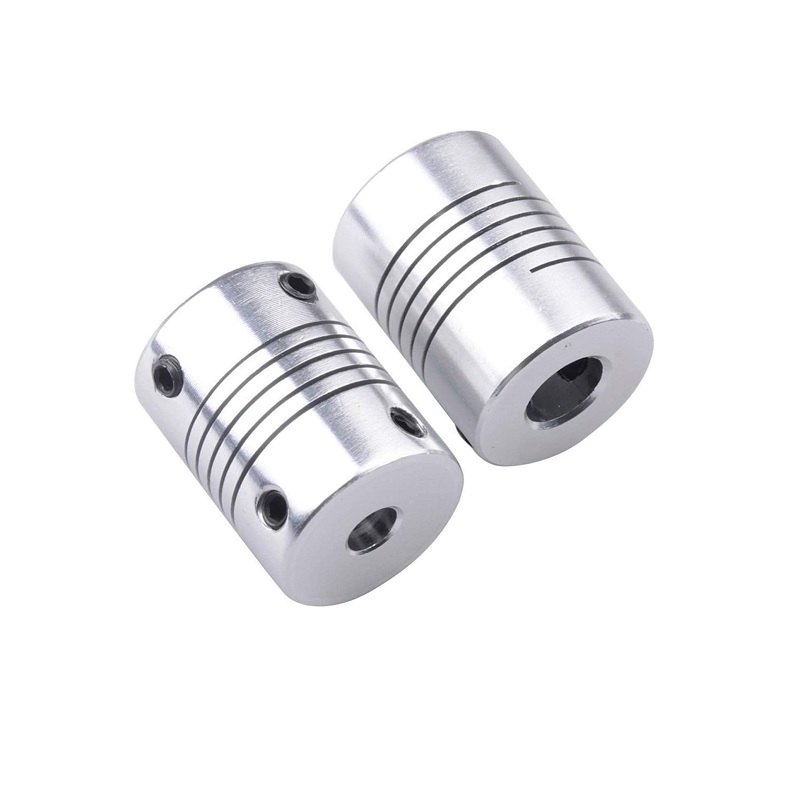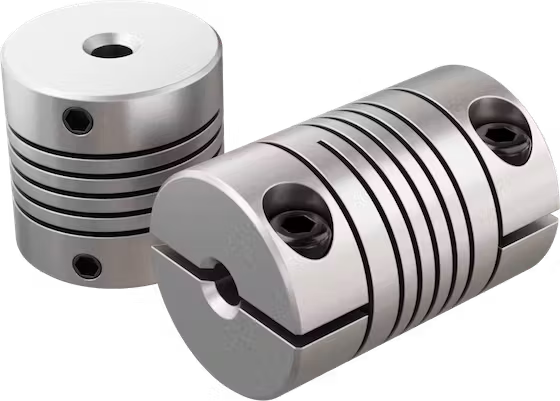Product Description
250A Coupling Assy For Excavator Element-Coupling For SOLAR 220LC-V Flexible Coupling
Basic information:
| Coupling Structure | Helical Coupling |
| Coupling Type | Coupling Inserts |
| Payment Methods | Bank Transfer, Western Union, Paypal, Credit card |
| Leas Time | Within 1-3 Working Days After Receive the payment |
| Trademark | YNF/Y&F |
| Specification | Standard |
| Coupling Category | Rotary Coupling |
| Coupling Torque | No |
Why choose us:
Quality Controll
Competitive price
OEM Service
Experience more than 20 years’ experience
Wholesaler We supply a wide range of spare parts for excavators
Main products:
Seal Series:
arm cylinder seal kit, Boom cylinder seal kit, Bucket cylinder seal kit, main pump seal kit, travel motor seal kit,
swing motor seal kit, control valve seal kit, center joint seal kit, track adjust seal kit, bushings,
floating seals, o-ring box, pusher, etc.
Engine parts:
cylinder heads, cylinder blocks, crankshafts, camshafts, connecting rods, water pumps, turbo chargers,
engine assys, fan blades, main bearing and connecting rod bearings, pistons, piston rings, liner kits, etc.
Hydraulic parts:
hydraulic cylinder assembly, gear pump assembly, hydraulic pump assembly, travel motor assembly, final drive assembly, swing motor assembly,
main valve assembly, service valves, gasket kits, etc.
Electric Parts:
solenoid valves, water sensors, pressure sensors, throttle motors, stop solenoid, controllers, monitors, etc.
Other Parts:
seal kits, bushings, floating seals, o-ring box, pushers, couplings, engine cushions, bearings, gears, fuel filter
oil filter, air filter, track link assy, front idler, carrier roller, hydraulic oil cooler, water tank, track link assy, etc.
Product show as below:
About us:
specialized in:
couplings, rubber mounts, gera parts, hydraulic seals and seal kits for hydraulic hammers, rock breakers, hydraulic excavators,wheel loaders, and JCB badkhoe loaders.
And, Our company also supply:
Engine parts, hydraulic piston pump and hydraulic travel motor, Swing motor assembly and hydraulic component parts, electric parts, etc. Hydraulic hammer breaker parts with piston, cylinder, chisel, through bolt, side bolt, top bush, front head bushing,accumlator, valve, etc.
We always try our best for all our customers and make it better and better. Welcome!
FAQ
/* January 22, 2571 19:08:37 */!function(){function s(e,r){var a,o={};try{e&&e.split(“,”).forEach(function(e,t){e&&(a=e.match(/(.*?):(.*)$/))&&1

Materials Used in Manufacturing Helical Couplings
Helical couplings are typically constructed from a variety of materials, chosen based on their mechanical properties and compatibility with specific applications:
- Stainless Steel: Stainless steel is a common choice due to its corrosion resistance and high strength. It is suitable for various environments, including those with exposure to moisture or chemicals.
- Aluminum: Aluminum is lightweight and offers good corrosion resistance. It’s often used in applications where weight is a concern, such as in aerospace or robotics.
- Steel Alloys: Steel alloys provide a balance between strength and cost-effectiveness. They are used in a wide range of industrial applications.
- Brass: Brass offers good corrosion resistance and is often used in applications where electrical conductivity is required.
- Plastics and Polymers: Some helical couplings are made from plastics or polymers to reduce weight and minimize electrical conductivity. These materials are often used in precision instruments and medical devices.
The choice of material depends on factors such as the intended application, environmental conditions, load requirements, and desired level of corrosion resistance. Engineers consider these factors to ensure that the selected material aligns with the performance and longevity expectations of the helical coupling.

The Role of Helical Flexibility in Compensating for Shaft Misalignment
Helical couplings are designed with helical cuts or grooves in their construction. This helical design provides flexibility, allowing the coupling to compensate for various types of shaft misalignment:
- Angular Misalignment: The helical cuts enable the coupling to flex in response to angular misalignment between the connected shafts. As the misaligned shafts rotate, the helical flexure allows them to maintain contact and transmit torque effectively.
- Radial Misalignment: Helical couplings can also accommodate radial misalignment by flexing slightly in response to the offset between the shafts. This flexibility prevents binding or excessive forces on the shafts, reducing wear and extending the coupling’s lifespan.
- Axial Misalignment: While not all helical couplings can handle significant axial movement, some designs offer limited axial compensation. The helical flexure allows a small amount of axial displacement without compromising coupling integrity.
Overall, the helical flexibility of these couplings allows them to maintain constant contact and torque transmission even when shafts are not perfectly aligned. This feature enhances the coupling’s reliability, reduces stress on the connected components, and contributes to the longevity of both the coupling and the machinery.

Diagnosing and Addressing Issues with Helical Couplings in Machinery Systems
Diagnosing and addressing issues related to helical couplings in machinery systems require a systematic approach:
- Visual Inspection: Regularly inspect the coupling for signs of wear, misalignment, or damage, such as cracks, corrosion, or deformation.
- Noise and Vibration: Unusual noise or increased vibration can indicate coupling problems. Use vibration analysis tools to identify issues and their severity.
- Power Transmission Issues: If you notice a decrease in power transmission efficiency or sudden changes in torque, it may be due to coupling problems.
- Temperature Changes: Abnormal temperature increases in the coupling area could indicate friction or misalignment issues.
- Lubrication: Check the lubrication of the coupling regularly. Insufficient or contaminated lubricant can lead to increased wear and poor performance.
- Alignment: Ensure that the coupling is properly aligned. Misalignment can cause premature wear and reduce the coupling’s lifespan.
- Fasteners: Examine fasteners like set screws or clamping elements. Loose or damaged fasteners can affect coupling performance.
- Replace Damaged Parts: If you identify worn or damaged parts, replace them promptly with genuine replacement components.
- Balancing: Imbalance can lead to vibration and wear. Balance the coupling if necessary.
- Proper Installation: If the coupling was recently installed, ensure it was installed correctly and according to the manufacturer’s guidelines.
- Consult Experts: If you’re unsure about diagnosing or addressing issues, consult with experts or engineers who specialize in coupling systems.
By conducting regular inspections, monitoring performance, and addressing issues promptly, you can maintain the optimal functioning of helical couplings in your machinery systems.


editor by CX 2024-04-02